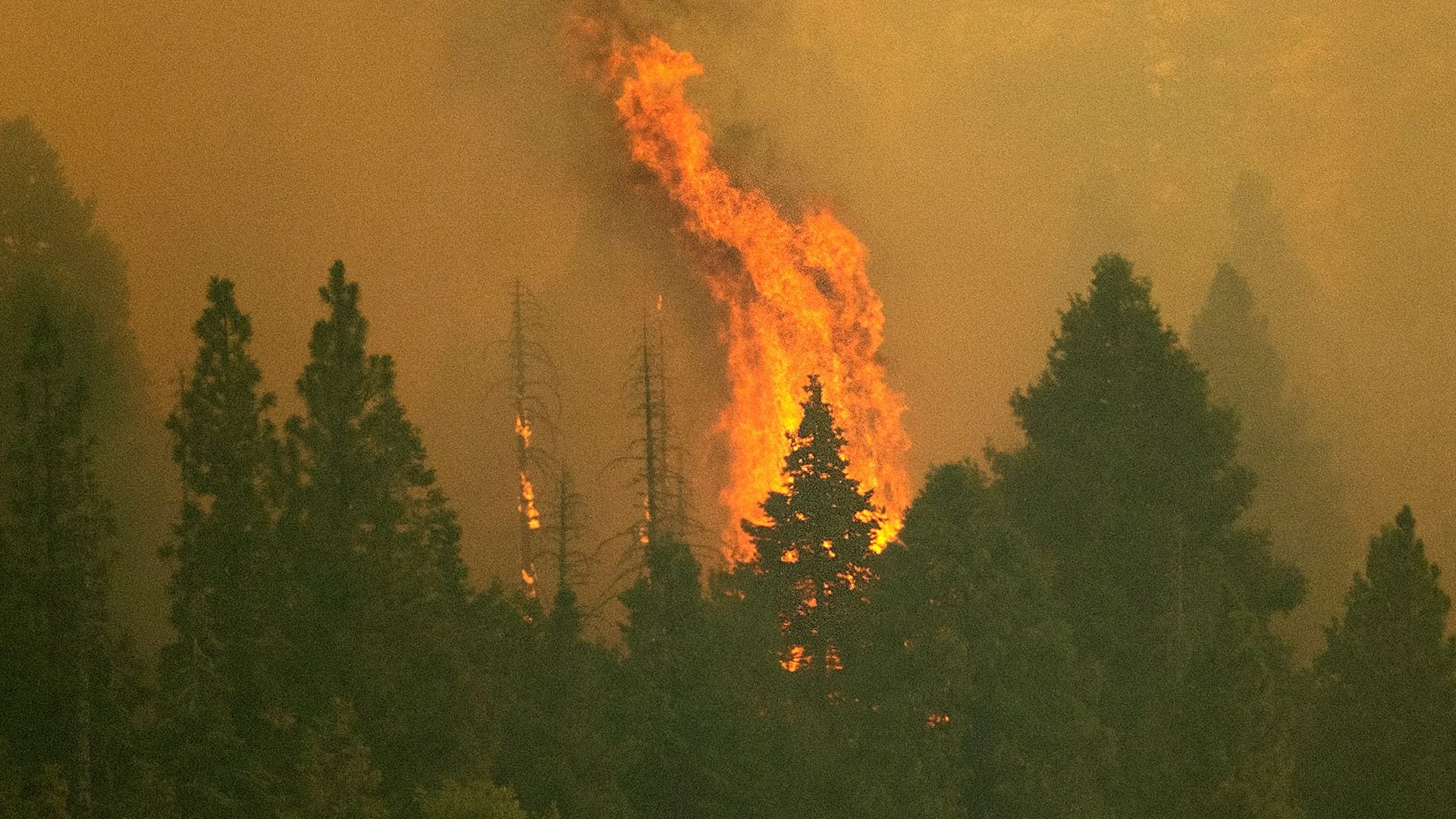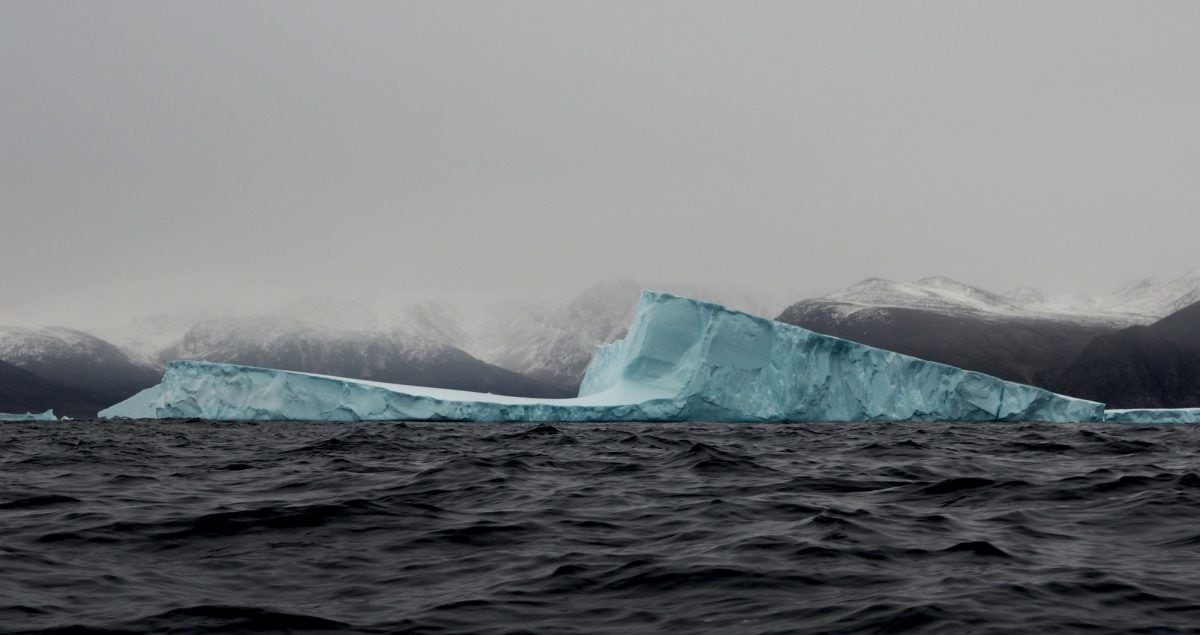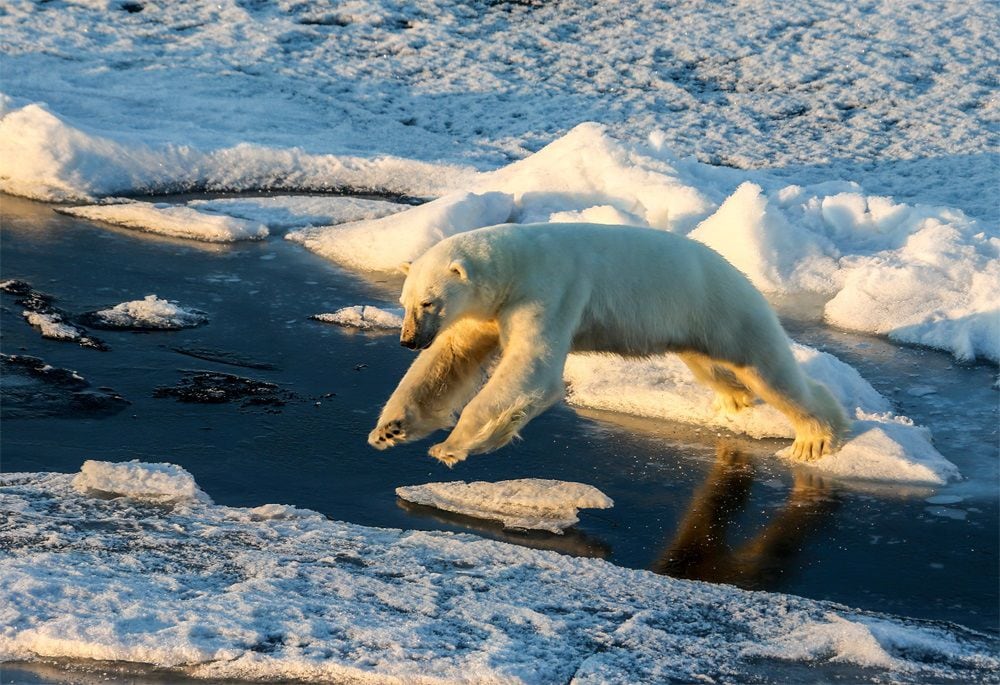
Both weather factors and improper fire management, such as cigarette butts or poorly extinguished campfires, are some of the triggers of fires. But there is also a large percentage of intentionality.
According to a study published by One Earth, forest fires release brown carbon, due to the burning of biomass, and those that occur in the northern hemisphere are accelerating warming in the Arctic, which could cause more fires in the future.
The Arctic has been warming at a rate three times faster in the last 50 years than the rest of the planet and it seems that wildfires are contributing.
Brown carbon from burning biomass is responsible for at least twice as much warming as brown carbon from burning fossil fuels, explained the team of scientists from Tianjin University in China, led by Pingqing Fu, an atmospheric chemist.

Researchers suspect that airborne brown carbon particles, which accompany large plumes of brown smoke from wildfires, not only pose a health hazard, but could be contributing to global warming.
In 2017, the Chinese icebreaker Xue Long headed to the Arctic Ocean to examine which aerosols were floating in the Arctic air and identify their sources. Scientists wanted to know how brown carbon released by wildfires affected the climate and how its warming effects compared to those of denser black carbon from burning fossil fuels at high temperatures.
To the researchers' surprise, observational analyses and numerical simulations show that “the warming effect of brown carbon aerosols on the Arctic is up to 30% that of black carbon,” explained Pingqing Fu.
Brown carbon warms the planet by absorbing solar radiation, as do black carbon and carbon dioxide. In recent years, warming temperatures have been linked to the increase in forest fires, leading to a “positive feedback loop,” the study notes.

“The increase in brown carbon aerosols will cause global or regional warming, increasing the likelihood and frequency of forest fires,” Fu warned. In addition, he detailed that the increase in forest fires will emit more brown carbon aerosols, which will further warm the Earth and “make forest fires more frequent.”
For future research, the team wants to study how wildfires are changing the composition of aerosols from sources other than brown carbon. They are interested in the effect of fires on bioaerosols, which originate from plants and animals, and may contain living organisms, including pathogens.
The 2021 wildfire season broke records around the world, leaving charred lands from California to Siberia. A recent report published by the UN warns that these types of fires are on track to increase by 50% by 2050.
“Our results highlight the importance of controlling forest fires,” said Fu. That is why he insists on focusing attention on reducing forest fires.

Another study, conducted by the National Center for Atmospheric Research in Boulder, Colorado, agrees that the Arctic is one of the areas most affected by climate change, with drastic increases in temperatures, the melting of permafrost, and other effects besides reduction of sea ice.
The effects of global warming in the Arctic are so severe that the region is changing to a different climate, one characterized by less ice and snow, and more rain and open sea, explained Laura Landrum, climatologist and lead author of the study, published in the journal Nature Climate Change.
According to the study, “the frozen ocean in the Arctic has declined to such an extent that, even in a year of extreme freezing temperatures, there would not be as much ice as was usual in past decades.” In addition, “two other characteristics of the region's climate, the typical temperatures of the season and the number of days with rain instead of snow, are changing in the same way '', they stressed.
Simulations comparing autumn and winter air temperatures, as well as rainy days with snowy days showed that the transition to a new climate is taking place more slowly and definitive change is expected to occur in the middle of this century.

“Arctic communities are already suffering from the changes,” Landrum warned. “The erosion of the coastlines has caused some native populations in Alaska to start thinking about relocating.”
The changes are also affecting the food supply. Warmer storms generate rain on snowy terrain, which could cause “physical weakness caused by lack of food” of animals that are essential for indigenous groups in the area. “Climate change in the Arctic does not represent the future for them,” Landrum said, “it is now.”
The researcher stated that the climate models used in the study simulated a future world where greenhouse gas emissions, which cause global warming, remain high. “That allows for some room for optimism,” he added.
“We still have the opportunity to change how fast the Arctic evolves, if we modify our emissions,” he concluded.
KEEP READING:
Últimas Noticias
Debanhi Escobar: they secured the motel where she was found lifeless in a cistern
Members of the Specialized Prosecutor's Office in Nuevo León secured the Nueva Castilla Motel as part of the investigations into the case

The oldest person in the world died at the age of 119
Kane Tanaka lived in Japan. She was born six months earlier than George Orwell, the same year that the Wright brothers first flew, and Marie Curie became the first woman to win a Nobel Prize

Macabre find in CDMX: they left a body bagged and tied in a taxi
The body was left in the back seats of the car. It was covered with black bags and tied with industrial tape
The eagles of America will face Manchester City in a duel of legends. Here are the details
The top Mexican football champion will play a match with Pep Guardiola's squad in the Lone Star Cup

Why is it good to bring dogs out to know the world when they are puppies
A so-called protection against the spread of diseases threatens the integral development of dogs




